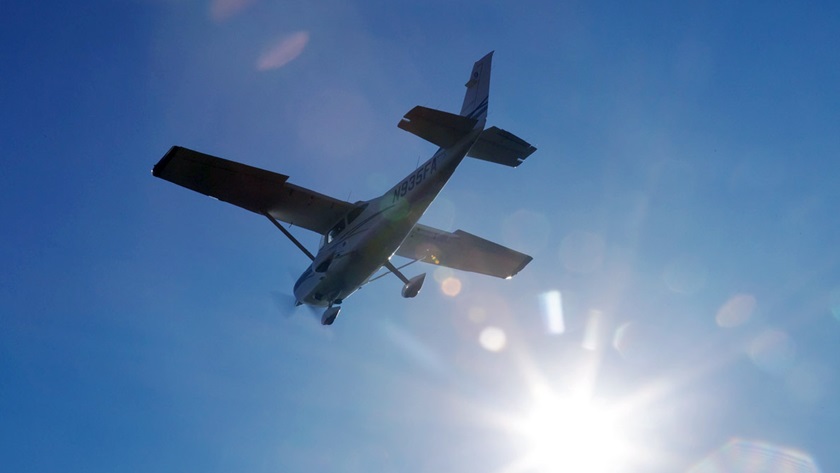Training Tip: VFR, remembered
NextGen-era pilots often ask, “What was ADF?” and, “How the heck did you navigate before GPS?” Quizzing aged aviators on their antique activities is fair play—but as the tech tsunami transforms flying, never find yourself asking, “What was see and avoid?”

Nothing coming our way by way of advances in avionics has prevented a magnetic compass form pointing north or deactivated your eyeballs as the primary source of collision-avoidance data. Given that individual aircraft will be differently equipped, balancing heads-down duties against the higher priority of keeping your eyes outside has become more—not less—essential.
That was enough for the checkout customer, who terminated the flight lesson. After both airplanes landed, a hangar-side discussion developed.
The instructor in the Cessna, who filed an account of the event with the Aviation Safety Reporting System, proposed that the other crew had committed two errors. One was that the Piper, which had arrived after practicing instrument approaches at another airport, had been on the wrong common traffic advisory frequency until the close call in the pattern. The other error was that the Piper crew “assumed erroneously that everyone has” Automatic Dependent Surveillance—Broadcast (ADS-B) “and that it can be seen at low altitudes.”
Let’s remember that the mandate to equip (with ADS-B Out) to operate in airspace where a transponder is now required won’t take effect until after Jan. 1, 2020.
We don’t have the Piper pilots’ account, but this wouldn’t be the first example of pilots deferring excessively to on-board technology. That lapse has led pilots astray in flight scenarios from airspace incursions and weather encounters to fuel mismanagement and near misses.
"It is important to not over-rely on ADS-B traffic information,” said Rune Duke, AOPA senior director of airspace, air traffic, and aviation security.
Duke explained that Traffic Information Service-Broadcast (TIS-B), the service that provides ADS-B-In-equipped aircraft with surveillance information, “has limitations, including equipage nuances and ground-based transmitter line-of-sight limitations that could lead to another aircraft not being displayed.”
“Following best practices for communication and see and avoid will continue to be important for safe operations beyond 2020,” he said.

